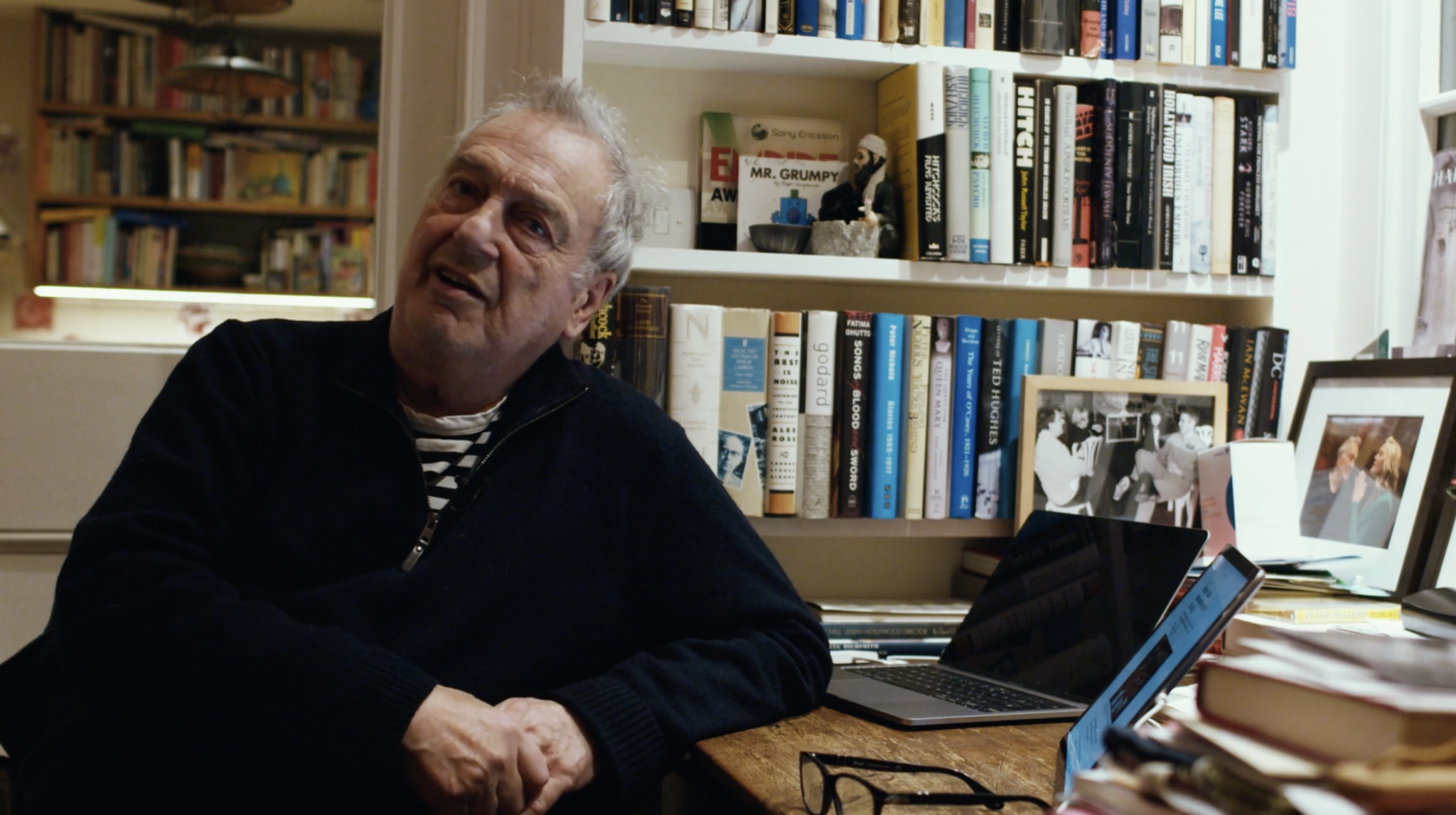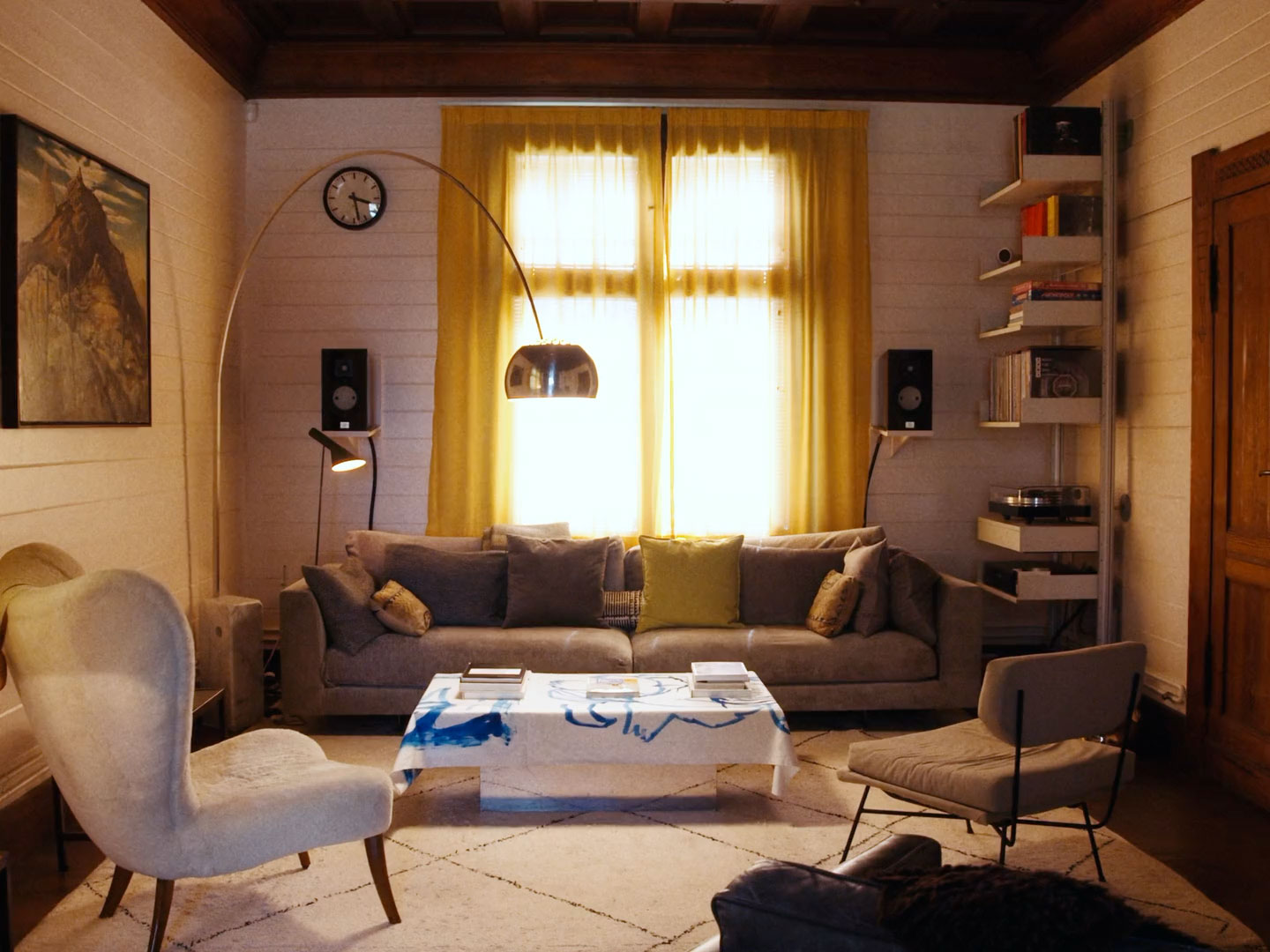

Vittorio De Sica was the director and movie actor with the impossibly elegant handsomeness of an aristocrat in Lampedusa or Henry James—or maybe the sinister nobleman in Browning’s poem ‘My Last Duchess’. He had a dazzling and rapacious smile to compare with Douglas Fairbanks.
I can never see his face without thinking of his magnificent self-possession as the Italian diplomat Donazi in Max Ophüls’s The Earrings of Madame De… (1953), having an affair with Danielle Darrieux’s socialite Louise, finally confronted at his club by her aristocratic husband, played by Charles Boyer, and challenged to a duel: it is marvellous to watch De Sica’s cool and unruffled contempt.
But of course, he was also the director of classic films of Italian cinema’s neorealist golden age: the movie forerunner of Il Boom in the economy — an explosive revival of creativity. In partnership with the remarkable screenwriter Cesare Zavattini, he created brilliant films very far from what you might see as his soigné matinee-idol image: pastoral tragedies of the urban poor, the marginalised and, movies like Shoeshine (1946) about two shoeshine boys sent to juvenile prison for something they didn’t do and Umberto D (1951) about the genteel poverty of a retired government official. But Miracle In Milan (1951) swarmed with a carnival surreality akin to Fellini; the movies De Sica made with Sophia Loren, such as Two Women (1960) were replete with gallant romanticism and his The Garden Of The Finzi-Continis (1970) was a magnificent study of fascism and antisemitism. But his most famous movie is of course Ladri Di Biciclette (1948), or Bicycle Thieves (sometimes wrongly translated as The Bicycle Thief. The plural is very important.)
It’s very simple, at least at first glance. Lamberto Maggiorani is Antonio, an unemployed guy who lives in Rome’s Northern suburb of Val Melaina with his wife Maria (Lianella Carell) and 9-year-old son Bruno (Enzo Staiola). To his joy, he gets a job putting up movie posters around the city, but must supply his own bicycle: his wife sells her decent bedlinen to raise the cash to get Antonio’s bike out of hock. On his first day at work, Antonio’s unlocked bike is pinched. So Antonio and Bruno make a miserable and entirely futile tour of the city to try to find the bike. It’s a search which systematically and thoroughly reveals, not the bicycle, but the city’s poverty and wretchedness.
Their enquiries are of course met with hostility from people who are as poor as they are and resent the implication that they are harbouring thieves or thieves themselves. Antonio and Bruno encounter a church service, a theatrical rehearsal, a brothel, a political meeting espousing the idea of “public works” — so recently beloved of prewar fascists — and a fortune teller running a business from her bedroom (a scene to which Woody Allen paid homage in Broadway Danny Rose).
Finally, Antonio actually finds the thief who denies everything and his supportive friends and neighbours indignantly crowd round him as the thief himself succumbs to ambiguous epileptic fit: fake, or quite possibly real. At the zenith of his desperation and defeat, Antonio tries to steal a bike and is instantly and efficiently apprehended, the final insult from fate. Only the piteous wailing from Bruno causes the bike’s owner to let him go in a spirit of contemptuous pity rather than compassion. He is just another bicycle thief: they are all bicycle thieves, stealing from each other.
The film is more brutal than any British social realist film, certainly more than Hollywood sentimental drama. Charlie Chaplin and the Kid might have taken comfort in each other’s company or imbibed a sentimental or comic lesson about how love is more important than money. Do Antonio and Bruno learn that lesson? Maybe it’s a lesson that only people with money can afford. And the film is harsh and tactlessly explicit about money, more specific than Anglo-Hollywood movies. They sold the bedlinen for 7500 lire and paid 6100 lire to redeem the bike: numbers which are of course seared into Antonio’s mind. (I was reminded of Umberto D. desperately taking a cab to save his beloved dog Filke from the pound: the fare is 200 lire; all he has is his last 1000 lire note. The cab driver and surrounding stallholders stubbornly refuse to change his bill and to get change he has to buy a cheap glass from someone for 50 lire which he then angrily throws away with a smash. It is his poverty which is causing him to throw money away).
Sometimes Antonio and Bruno don’t look like father and son: more like eerie doppelganger versions of the same self at different life-stages. The adult is as terrified as the child. Bruno is the intimate, and appalled witness of Antonio’s humiliation and Antonio is powerless to cheer him up. As they wander around together, Antonio seems almost as neglectful of Bruno as he was of his bike: sometimes he doesn’t even hold his hand. Bruno wanders across the road, almost getting hit by traffic. At one stage, after a quarrel, Antonio hears desperate shouts from people about a boy who has apparently drowned in the river. Is it Bruno? He finds that it is not—but there is no very great joyful reunion.
What is the aesthetic or moral message here? I think of Giuseppe, the kid from Shoeshine in prison, who gets a secret message from his mother telling him under no circumstances to squeal to the authorities: “Il nemico dell’amore è la sincerità” she says — truth is the enemy of love. It’s clear what she means: spilling the beans would betray your loved ones. But that maxim is also an inspired quasi-anti-Keatsian masterpiece of radical, subversive insight.
Truth is the enemy of love. The truth about their material wretchedness, its horror and misery obliterates love. Love, on the other hand, may just induce enough delusional euphoria to anaesthetise the pain of poverty (like the fantasia of Miracle In Milan). Love has its own truth, of course, but it is up against a brutally destructive opponent-truth: that of material inequality, which is not to be wished away. Bicycle Thieves doesn’t soft-soap its viewers: it doesn’t give us a final, emollient closeup on father and son’s hands holding, or their faces smiling at each other, happy that they have each other and their ordeal has at least brought them closer together. (There is no evidence that it has: perhaps the ineradicable memory of their humiliation has permanently pushed them apart). But the film is a parable of courage, in its way showing us the contest, the battle, the opposition between vulnerable human beings and the concrete surfaces of money. It is a thrilling, essential film.
Peter Bradshaw is a British writer and film critic. He has been chief film critic at The Guardian since 1999.










